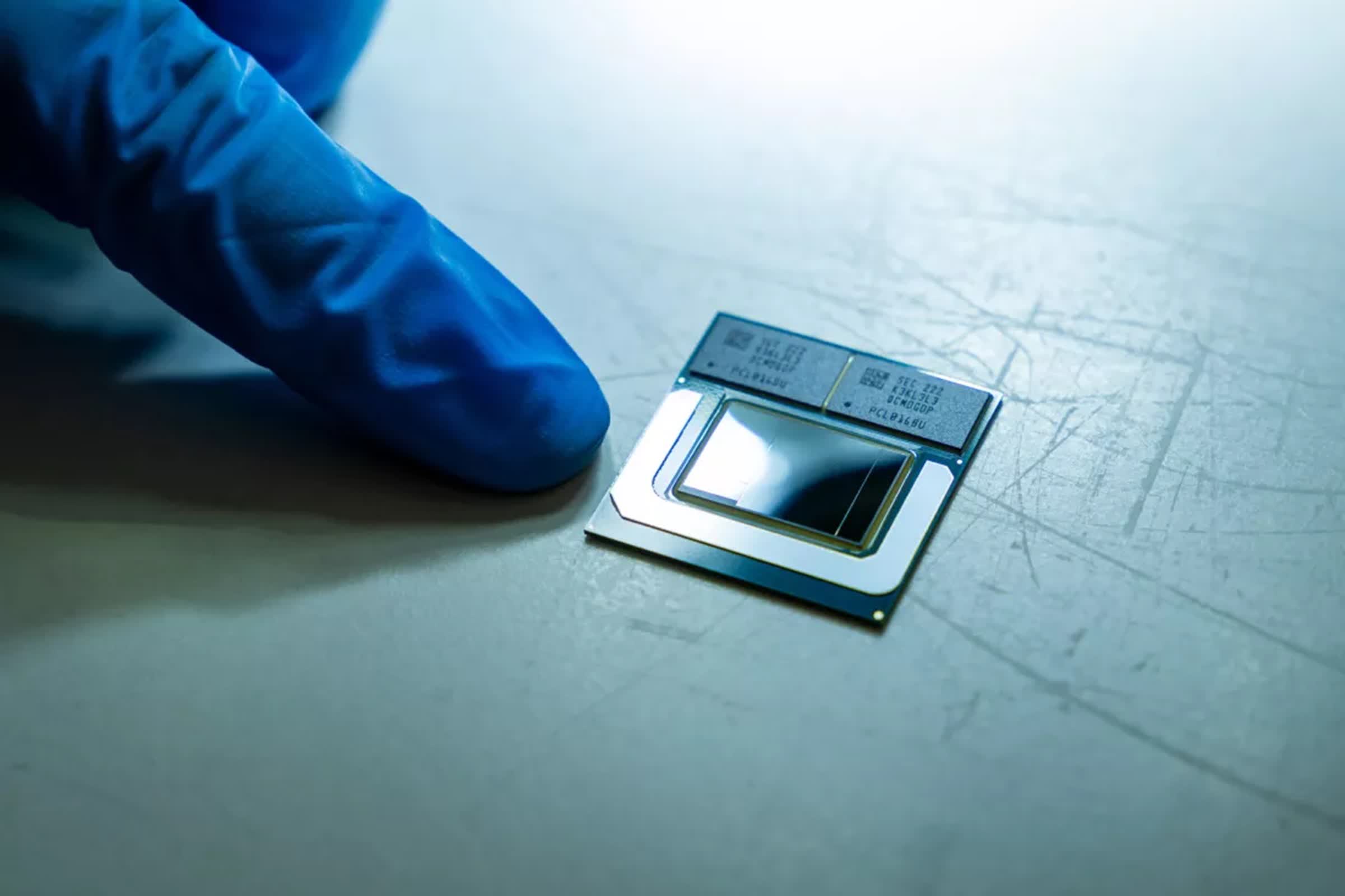Why it matters: Intel's next-gen Core Ultra Series 2 Lunar Lake chips are designed for thin and light platforms, and at least one manufacturer has taken notice. Chinese company Shenzhen Weibu plans to use Lunar Lake in its upcoming GP10 gaming handheld. If successful, it could open a new chapter for Intel in this space. But Weibu isn't a big player, so much is riding on its release.
Intel has tried to dethrone AMD's Ryzen Z1-series chips as the dominant supplier for handheld gaming consoles running Windows 11 with little success, but that may change with this year's expected release of its next-gen Core Ultra Series 2 Lunar Lake chips. Looking at the predicted specs, they appear power-efficient enough to run a handheld gaming PC and designed for thin and light platforms.
At least one manufacturer, Chinese company Shenzhen Weibu, thinks so: First sighted by PC World on the Computex 2024 product brochure website before being taken down, it is the first company to state that its upcoming gaming handheld, the GP10, will be powered by the Intel Lunar Lake CPU platform. The Computex show begins the first week of June and, as the brochure indicated, Weibu will be there with the handheld PC.
The listing revealed a few specifications, including a 10.95-inch touchscreen with a 1920 x 1200 resolution and a maximum refresh rate of 120Hz. The GP10 can be configured with up to 64 GB of LPDDR5x memory, which should run between 7500 - 8533 MT/s. The screen is in the middle of the device with two joysticks on the sides, which might feature a detachable form factor.
Weibu isn't a big name in the handheld gaming space – in fact, PC World believes this might be its first handheld gaming PC. The manufacturer's main line of business is to provide OEM/ODM services.

How well the GP10 performs at its debut could be telling for Intel, which suffered a black eye after the MSI Claw had performance issues with the Intel Core Ultra 7 155H processor – though it has since seen improvement thanks to frequent software updates.
Plenty of digital ink has been spilled on what to expect from Lunar Lake. The Core Ultra 200V CPUs are expected to feature up to 4 P-Cores based on the Lion Cove core architecture and there will be up to 4 LP-E cores based on the Skymont core architecture. A new NPU will deliver over 100 TOPs of total platform compute for AI workloads. The TDPs will range from 7-11W and up to 15-28W, while the Xe2-LPG iGPU cores will be based on the Battlemage graphics architecture.
First gaming handheld featuring Intel's Lunar Lake chips has been spotted
